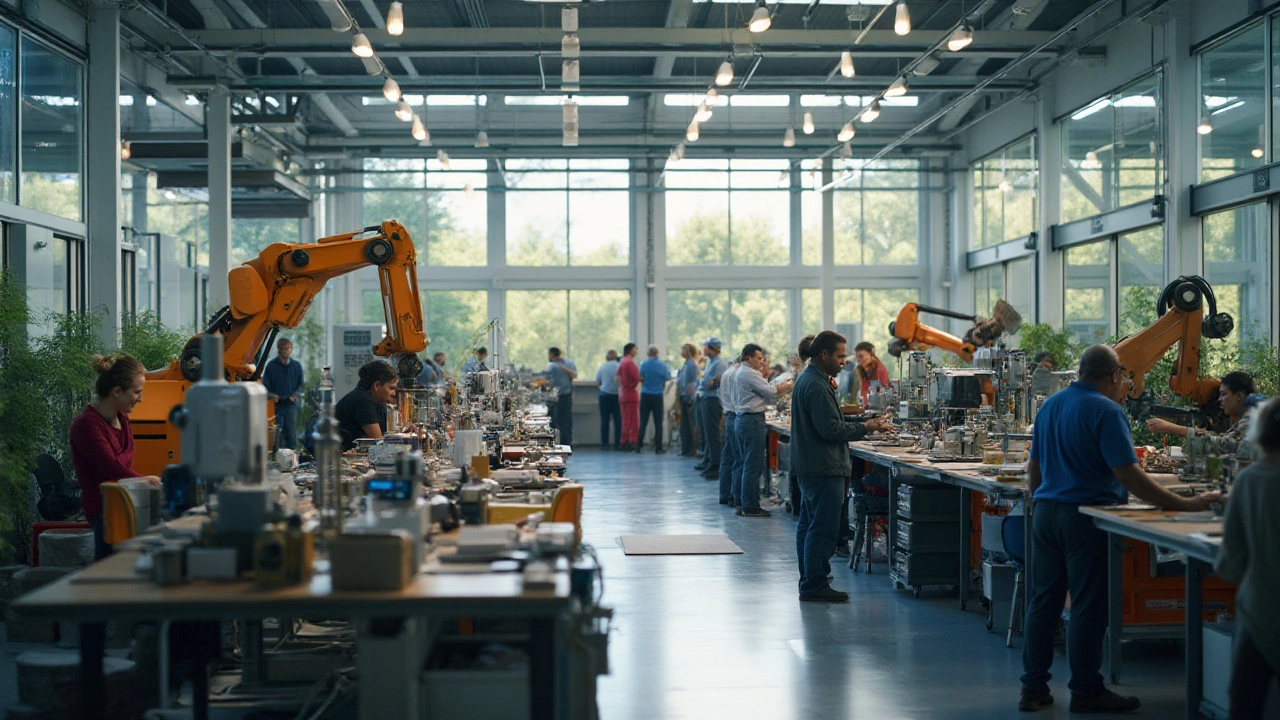How Government Policies Are Changing Manufacturing in India
If you run a factory or think about adding an elevator to your building, you’ve probably heard the term “government policy” tossed around a lot. Those policies aren’t just headlines – they decide how much you pay in taxes, what safety standards you must meet, and whether you can get a grant for new equipment. Below, we break down the most important policies affecting manufacturing and lift solutions today.
Key Policies Driving Growth
First up is the Make in India initiative. Launched a few years back, it offers tax breaks and easier customs rules for companies that produce locally. That means if you decide to assemble elevators in India instead of importing them, you could save a good chunk of money on duties.
Next, the Goods and Services Tax (GST) has simplified the tax landscape. Instead of juggling multiple state taxes, you now pay a single rate, which speeds up cash flow and reduces paperwork. For lift manufacturers, this translates to faster invoicing and fewer compliance headaches.
The government also rolled out a Production Linked Incentive (PLI) scheme for high‑tech sectors, including advanced manufacturing. Under PLI, you get cash rewards for meeting production targets. If your plant can ramp up output of elevator components, you could qualify for additional funding.
Don’t forget the Labor Law reforms. The new codes combine several old acts into one, making it easier to hire and manage workers. While the changes aim to protect employees, they also give companies clearer rules about overtime, leave, and safety training.
Finally, environmental guidelines are getting stricter. The National Clean Air Programme (NCAP) pushes factories to cut emissions. For lift producers, this means investing in greener manufacturing processes, which can also open doors to green financing options.
What These Policies Mean for Your Business
Understanding these policies helps you plan smarter. For example, if you’re considering a new lift system for a commercial complex, check whether the project qualifies for a GST exemption or a PLI reward. That could lower your overall cost by 5‑10 percent.
Tax incentives under Make in India can also affect where you set up your plant. States like Gujarat and Tamil Nadu offer extra subsidies for land and power, so a short visit to the local investment office could reveal hidden savings.
Labor reforms mean you can streamline hiring without crossing legal lines. Use the new compliance portals to upload employee details once and stay updated on any rule changes automatically.
When it comes to eco‑regulations, think about installing energy‑efficient motors in your elevators. Not only does this meet NCAP standards, it reduces electricity bills and makes your product more attractive to eco‑conscious buyers.
Bottom line: government policies aren’t a distant political talk. They directly impact the price you pay for raw material, the speed you can bring a product to market, and the incentives you can claim. Keep an eye on announcements from the Ministry of Commerce and the Ministry of Heavy Industries – they drop new rules every few months.
At SkyWings Elevation Solutions, we stay on top of these changes so you don’t have to. Whether you need advice on navigating GST, applying for a PLI grant, or ensuring your lift design meets the latest safety code, our team can help you turn policy into profit.
